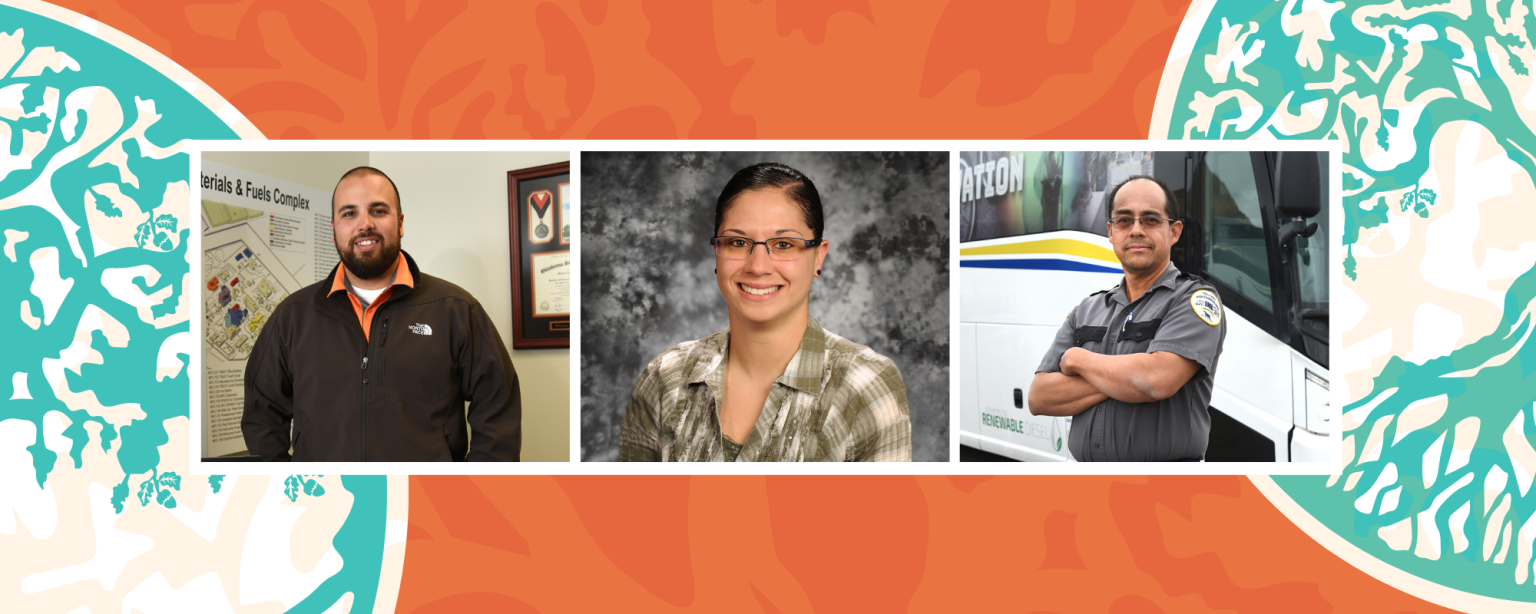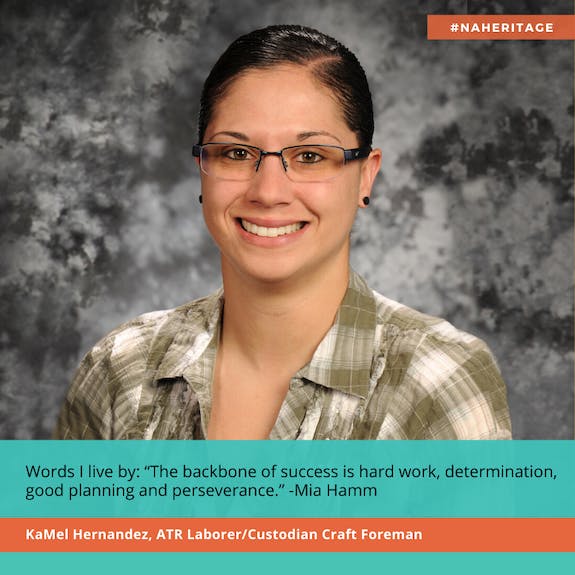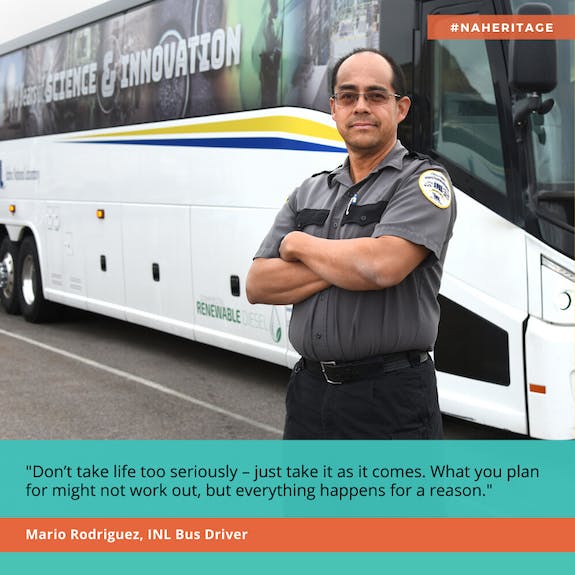What does it mean to be Native American in the world today? How do native roots interact with today’s world? During the month of November, the United States celebrates Native American Heritage Month. Initial annual recognition of Native American culture by the federal government came in 1986, when President Ronald Reagan declared Nov. 23-30 as “American Indian Week.”
In 1990, Congress authorized and requested the president to proclaim November “Native American Indian Heritage Month.” Nineteen years later, Congress designated November “National Native American Heritage Month,” still observed to this day.
Although we use the general term “Native American,” there are 573 federally recognized tribes in the U.S. The tribes are immensely diverse with distinct cultures and languages. Five of those tribes are in Idaho: the Coeur d’Alene Tribe, Kootenai Tribe, Nez Perce Tribe, Shoshone-Bannock Tribes and Shoshone-Paiute Tribes. Three employees with heritage in six tribes from across the country give us insight into their Native American roots and the impact Idaho National Laboratory has had on their lives.
Meet Matt Krawczyk, Fire Protection Engineer at MFC
Growing up, Matt Krawczyk always wanted to be a firefighter, in particular a smoke jumper, but shortly after high school, he met and married his wife and his perspective changed. He decided to pursue a career that had more regular hours where he could balance a family life, but he still wanted to work in the fire area.
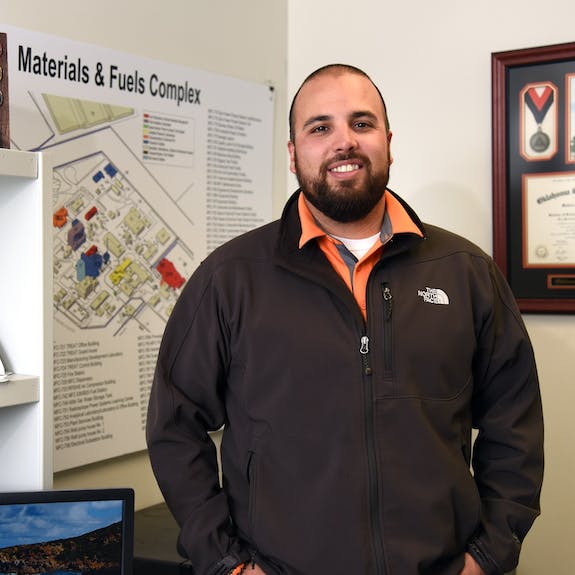
“I was born and raised in Oklahoma, and as it turned out, Oklahoma State University happens to have one of the best fire protection programs in the country,” he said. Krawczyk enrolled at OSU, graduated with a degree in fire protection engineering, and started his career working as a fire protection engineer at a nuclear plant in northern Illinois.
“I didn’t know much about INL, but a recruiter found me on LinkedIn and asked if I’d be interested in an interview,” he said. “I traveled out to Idaho, learned about the lab, the outdoor adventures, the work schedule – all that hit home. I was sold and never looked back.”
Because Krawczyk had worked in the nuclear field in Illinois, the transition to working at INL was pretty seamless. “I really enjoy the comradery among the other fire protection engineers and find INL’s mission intriguing. It’s fun to learn the history of the laboratory and how we’re impacting the future.”
Krawczyk has always been very proud of his Native American heritage. He has a large family tree and is one-half Native American; three-eighths Muscogee (Creek) Nation and one-eighth Seminole Nation.
“I always questioned my grandma and grandpa about what life was life for them,” he said. “I’m very family-oriented and really enjoy that aspect of our native culture.”
Although he’s not as in touch with his native roots as his ancestors were, some traditions he experienced growing up still stick with him today. In particular, he remembers attending funerals for elders in the community and learning about traditional ways. “Funerals were very calm and quiet, then the elders would break out in chants – the chants were so beautiful they’d give you chills,” he said.
One aspect of Native American culture he brought with him to Idaho was his appreciation for family and togetherness. He said in his previous job, he had a bad habit of bringing work home, but when he joined INL, he made it a priority to bring some balance into his life. “Now I keep work at work. When I’m home, I focus on home and spending time with my wife and our three kids.”
He’s happy he found a place where he loves to live and a job he’s passionate about. “I’m a big believer in nuclear power. Anything I can do to advance nuclear excites me. It’s the way of the future.”
Meet KaMel Hernandez, ATR Laborer/Custodian Craft Foreman
Growing up around several family members who worked at INL, Kamel Hernandez was always fascinated with the nuclear energy industry. She’d wanted to come see where her family worked and 10 years ago found the opportunity to do just that.
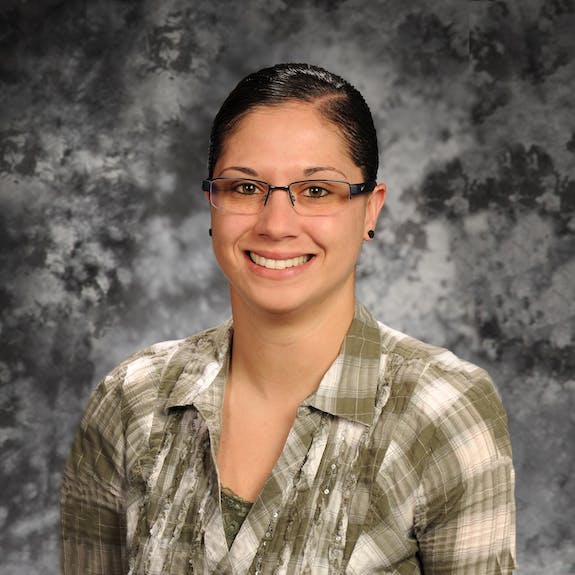
“I saw a posting to work as a temp custodian at INL. I was looking for some way to get my foot in the door and this was an awesome opportunity,” she said. Since that time, Hernandez has worked her way up the chain, from full-time custodian to laborer to crafts, and now is the foreman over laborers and custodians at the Advanced Test Reactor (ATR).
“There are still few women on the maintenance side,” she said. “In the 10 years I’ve been at ATR, I haven’t seen another female foreman, but I am starting to see a lot more women in positions that were traditionally held by men. It’s great to see our workforce becoming more diverse.”
Hernandez has felt a noticeable shift in INL’s culture in the past few years, in fact, she felt comfortable enough with her colleagues and the inclusive culture to come out at work. “I kept it a secret for a while when I first started working at ATR, but my co-workers encouraged me to stop hiding and come out of my shell. Now I’m not scared to tell people I’m gay – it’s like a family out here and we take care of each other,” she said.
Hernandez’s cultural heritage is made up of three different Native American tribes – something she says is not uncommon these days. Her heritage includes two Idaho tribes – Nez Perce and Shoshone-Bannock – and the Assiniboine & Sioux Tribes in Montana.
Although she didn’t grow up on a reservation, she was very close with her Nez Perce grandfather and feels the strongest connection to those roots. “When I was little, we’d go up to northern Idaho in the summers and visit my Nez Perce family. I learned some of the language and how to fish from my grandpa who worked for Fish and Game,” she said. According to family lore, her great-great-grandfather was the first native to ride a buffalo (a book has been written about him).
There are still several traditions Hernandez carries with her today. For instance, she uses sage to cleanse her house, and in every vehicle, she always keeps seed beads – traditional beads that protect you from harm and keep the evil spirits away.
She also has a lot of traditional jewelry given to her by her grandma. Her most eye-opening experience about her native culture was a traditional funeral ceremony. “I remember when my grandpa passed away, all of my uncles and male cousins dug his grave by hand in the middle of winter. All of the women in the family spent hours cooking food for everyone. The whole ceremony lasted for a week,” she said. That experience will stay with her for the rest of her life.
Hernandez started her own family last year when she adopted two children – ages six and eight. She stays busy with her kids’ activities, coaches soccer for her younger child, and volunteers at the Snake River BMX track in Idaho Falls. Now looking back, she has a new philosophy about life: “Don’t let life get ahold of you and drag you down,” she said. “Be thankful for life because it gets better.” She always keeps soccer player Mia Hamm’s words in the back of her mind: “The backbone of success is hard work, determination, good planning, and perseverance.”
Meet Mario Rodriguez, INL Bus Driver
As it does for many INL employees, Mario Rodriguez’s day starts early – in his case usually at 3:30 a.m. An INL bus driver for nearly 10 years, Mondays through Thursdays Rodriguez arrives at the Pocatello bus lot around 4:10 a.m. so he can go through his pretrip, get the bus warmed up for passengers and start picking up passengers around 5 a.m.
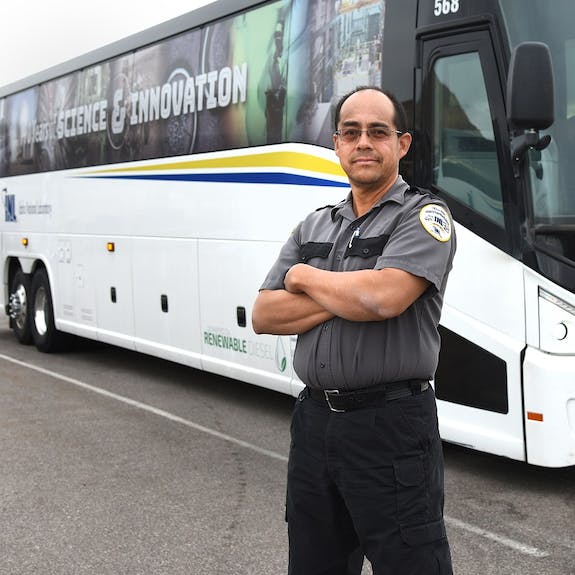
It’s early but rewarding. “One of my favorite things about the job are the people I get to meet. I talk with passengers and see how their days are going, talk to them about what they’re working on. The easy part is driving, the fun part is talking with the people,” he said.
After dropping off passengers at the INL Site, he heads back to Pocatello, where he has a three-hour break (what’s called a split shift), then returns to work and finishes his day around 6:40 p.m.
Although it seems grueling, to Rodriguez, that schedule has allowed him to spend more time with his family. “In my previous job, I worked as a professional truck driver on several routes that required me to go all over the West. I had to spend lots of time on the road and really missed my family,” he said. Now he has a set schedule and every Friday off.
He remembers when he first began at INL after working in the professional trucking industry for most of his career. “It was nerve-wracking at first. There was lots of training and INL has more strict requirements than I’d had in previous jobs. Plus, we needed to memorize all the routes.” It took some time to learn, but like with most things, once you get through the learning curve it gets easier.
Rodriguez said it helped that right from the start everyone at INL was welcoming. “Everyone I met was helpful,” he said. “If I had any questions – not only about driving routes but anything – everyone was always willing to give a hand.”
One thing he particularly likes about his schedule is it gives him time to spend on his hobby – flipping houses. “I now have time to fix up houses in my spare time,” he said. He’s finishing up his current house and also building a new house.
Although many people assume he’s Hispanic because of his last name (he also has Mexican heritage), Rodriguez is a quarter Oneida – a tribe located in Wisconsin near the Green Bay area.
“People are always interested to hear about my Native American culture,” he said. “My grandma came from the Oneida Reservation. She was very adamant that her grandchildren learned their heritage.”
As part of that cultural education, Rodriguez attended many pow wows growing up. Even though his tribe was in Wisconsin, his family would go to pow wows in Idaho and Utah to get familiar with Native American culture in general. At powwows, many tribes come together and share artifacts, beadwork, native dance, and competitions. One of the things the Oneida tribe is known for is its needlework, and Rodriguez’s mom did lots of needlework while he was growing up.
Although he hasn’t been to a powwow in a few years, his native culture still has a significant impact on him today. “Everything that was taught to me about my native background has been beneficial to me in my life.”
As he’s gotten older, Rodriguez has started to realize that ultimately everything works out and has a benefit. “Don’t take life too seriously – just take it as it comes. What you plan for might not work out, but everything happens for a reason.”
Resources:
Social Media Campaign Posts: #NAHeritage

